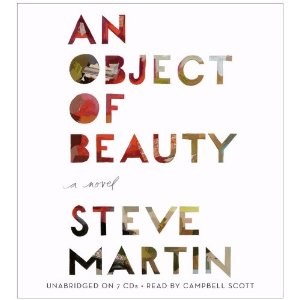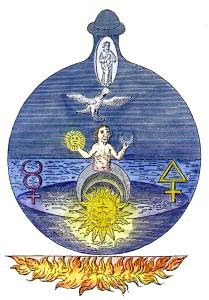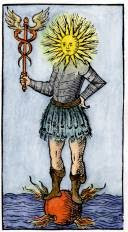The Travel Agent

In the world of travel agenting, every place has a code. AVL. CDG. FCO. All the romantic and troubled places in the world are summed up in three letters: BEY, JRS, NBO. My first travel agent job was at the top of the BB&T Building, Asheville's steel and glass skyscraper. The office of Wilcox World Travel and Tours occupied the entire floor with cubicles for individual travel and group travel. I worked in Groups. In our section of the office, the floor was covered with airline-blue carpet. In winter a walk from a desk to the photocopier would generated static electricity. I'd get shocked everytime I touched the machine. I anticipated it. It was a mild form of torture built into the every-day necessities of work. Between trips to the copier, I organized people's adventures. I had three-ring binders for each tour I was organizing. One group was The Beverly Hill Baptist Church Choir's European Tour. The address was Rodeo Drive in the 90210 zip code. Its leader was N...














